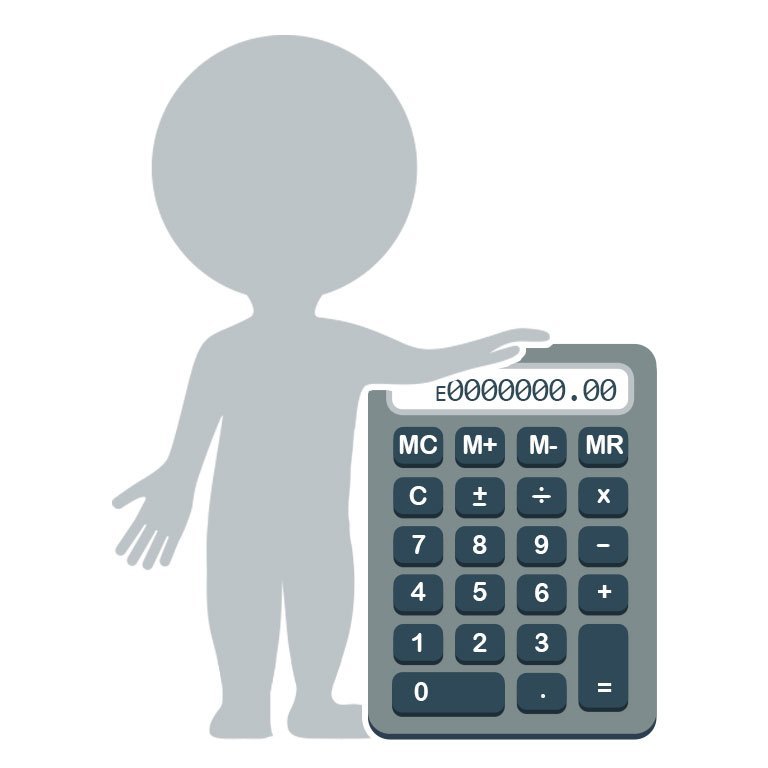There’s a fascinating report from the Future of Music Coalition called Artist Revenue Streams (ARS), which they describe as “a multi-stage research project to assess whether and how musicians’ revenue streams are changing in this new music landscape.” They recently released an installment which focuses on an orchestra musician’s income/expense structure during the period 2000-2011 and the results are intriguing.
 The study isn’t designed to be all-encompassing, it only covers a single musician; but the comprehensive depth used when tracking data is a terrific starting place for additional study. The only thing missing in the report are actual dollar amounts and any indication as to the regular ensembles and other freelance employers the musician worked for over the course of the study.
The study isn’t designed to be all-encompassing, it only covers a single musician; but the comprehensive depth used when tracking data is a terrific starting place for additional study. The only thing missing in the report are actual dollar amounts and any indication as to the regular ensembles and other freelance employers the musician worked for over the course of the study.
And although they provide a terrific breakdown of the subject’s income during each year of the study, they don’t provide the same detail for expenses; at the same time, they do provide a good cumulative overview of expenses over the ten year period.
With regard to those figures, the study divides business expenses into eight categories:
- Musical Equipment: Purchase and upkeep of concert level musical instruments
- Education: Education costs and student loan payments
- Travel Expense: Work-related travel (usually reimbursed for these costs)
- Rehearsal Expenses: Purchasing sheet music and recorded music to learn new pieces
- Performance Expenses: Stage clothing
- Other players/accompanists: Paying other players for freelance gigs, accompanists for auditions, etc
- Member Dues: AFM
- Overhead: Application fees for competitions, auditions, minimal printing and promotional expenses
I’m particularly interested in the Musical Equipment component as the study does not drill down into the division between purchase and upkeep and since I recently completed a comprehensive research project for The Strad on the cost of ownership for orchestra string musicians, it would be fascinating to see where this subject falls within the parameters of my data. The results could be useful in that cross tabulating the data compiled for ARS and my figures could produce some useful results.
At the very least, it would provide a practical resource guide for orchestra musicians when projecting business costs throughout the length of their career. So stay tuned as you never know what might happen.
Resources:
[ilink url=”http://money.futureofmusic.org/about-the-project/” style=”note”]About the Artist Revenue Streams (ARS) project[/ilink]



0 thoughts on “How Much Is That Fiddle In The Window?”